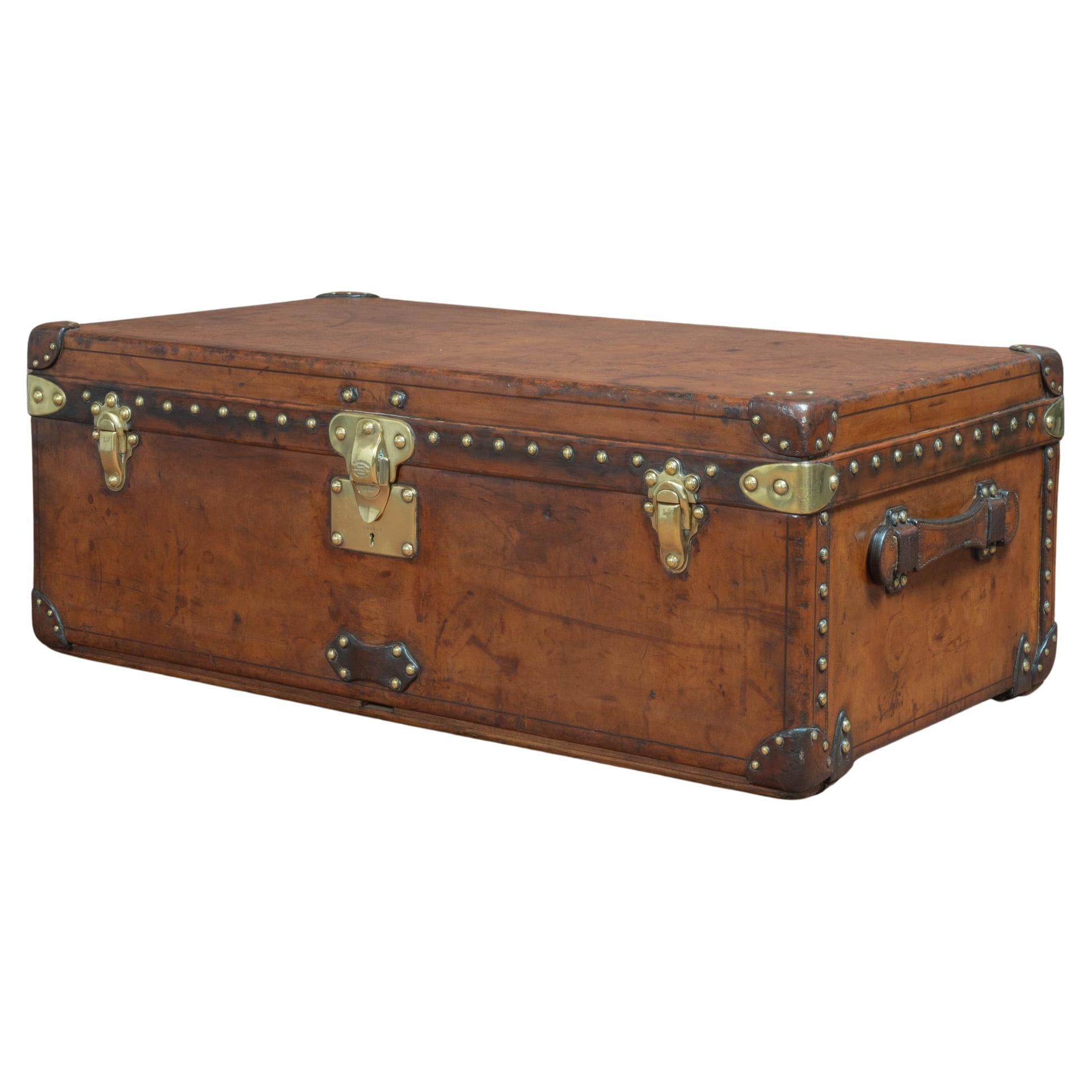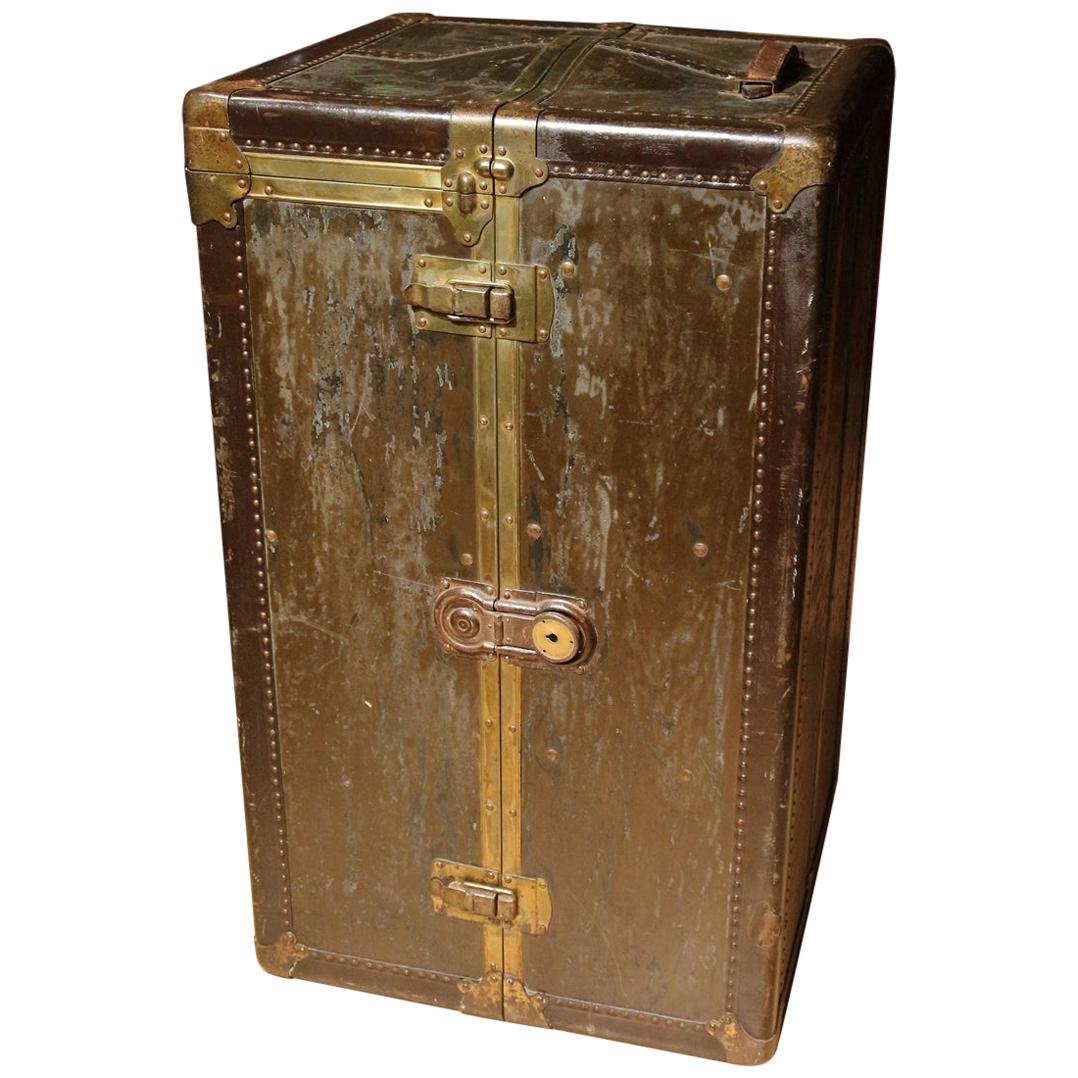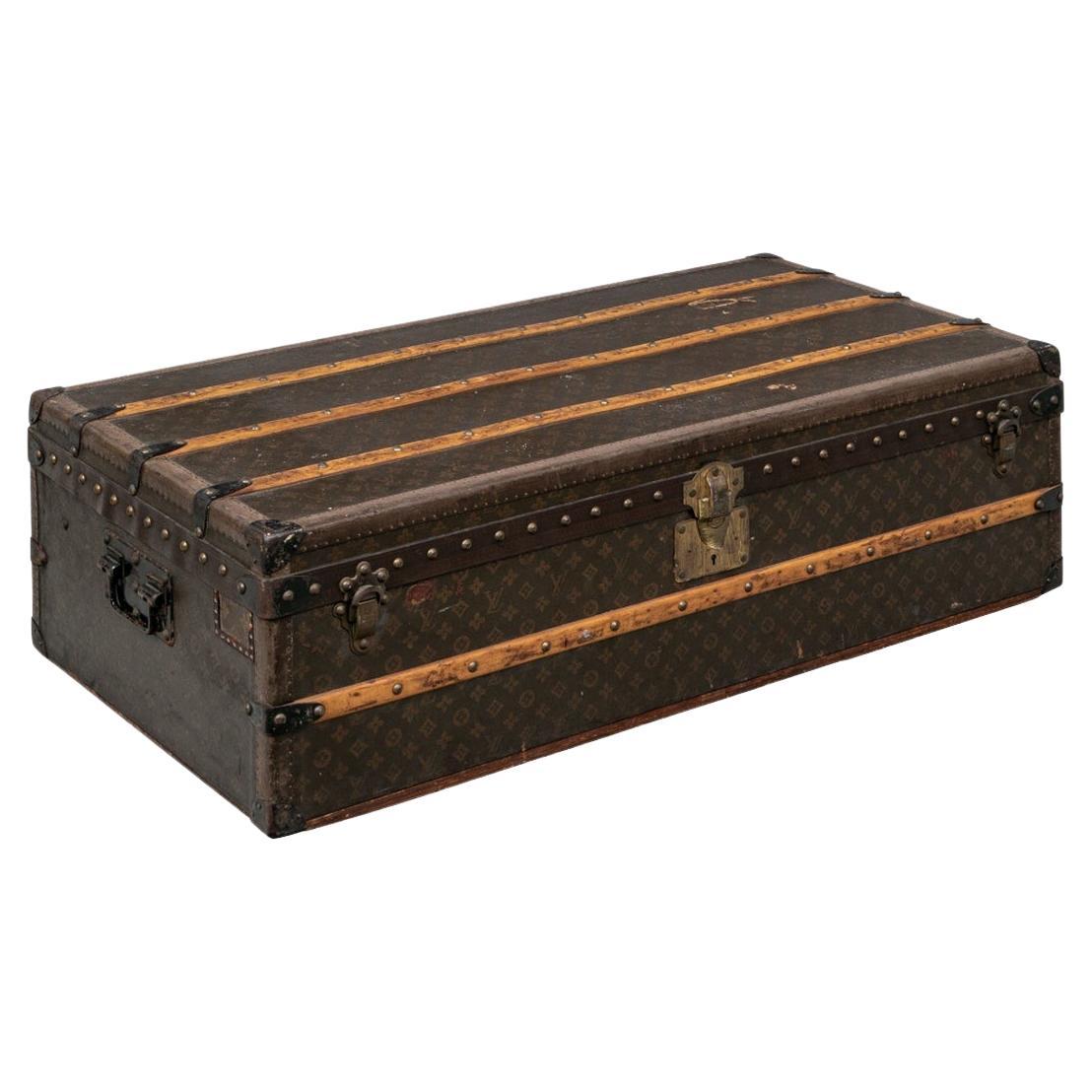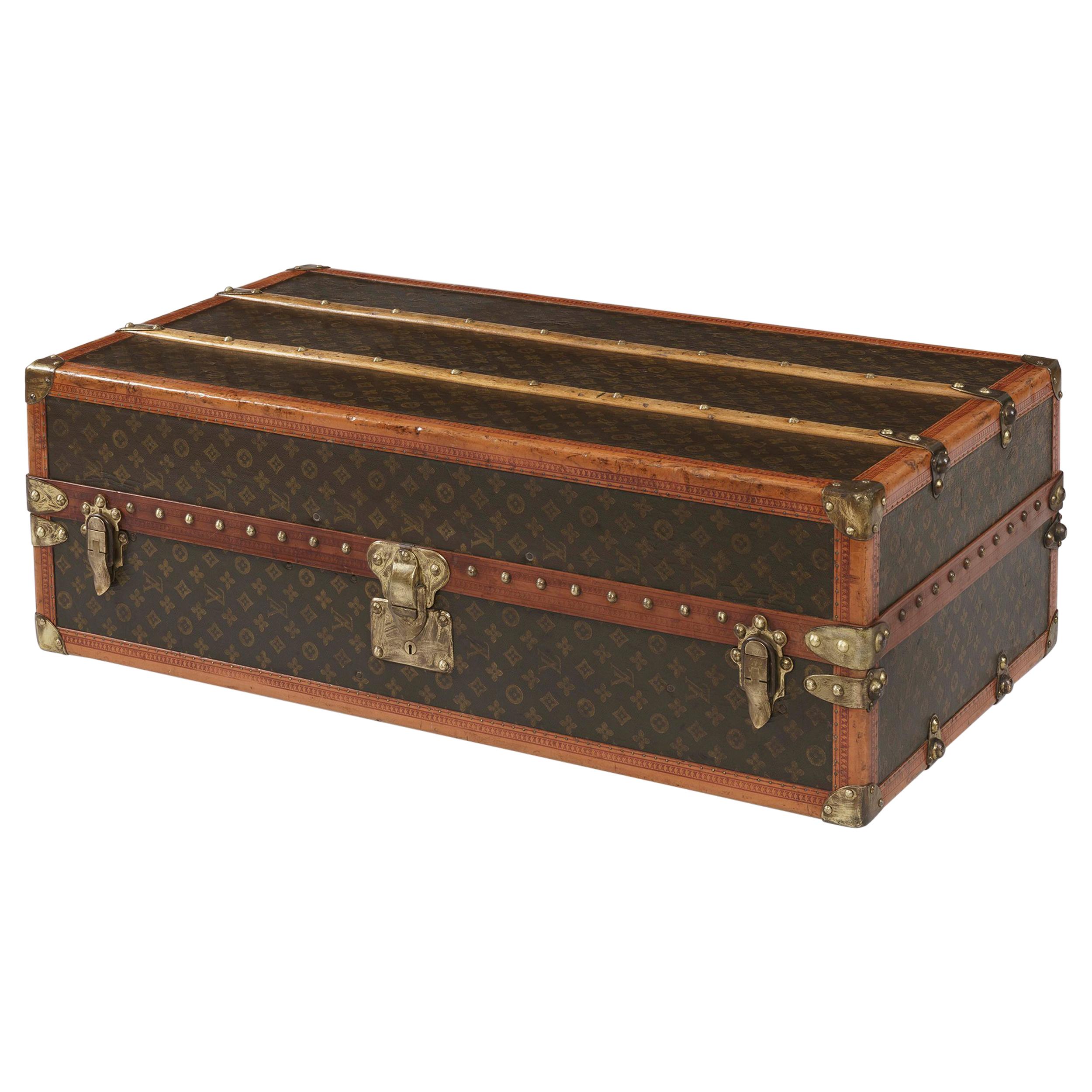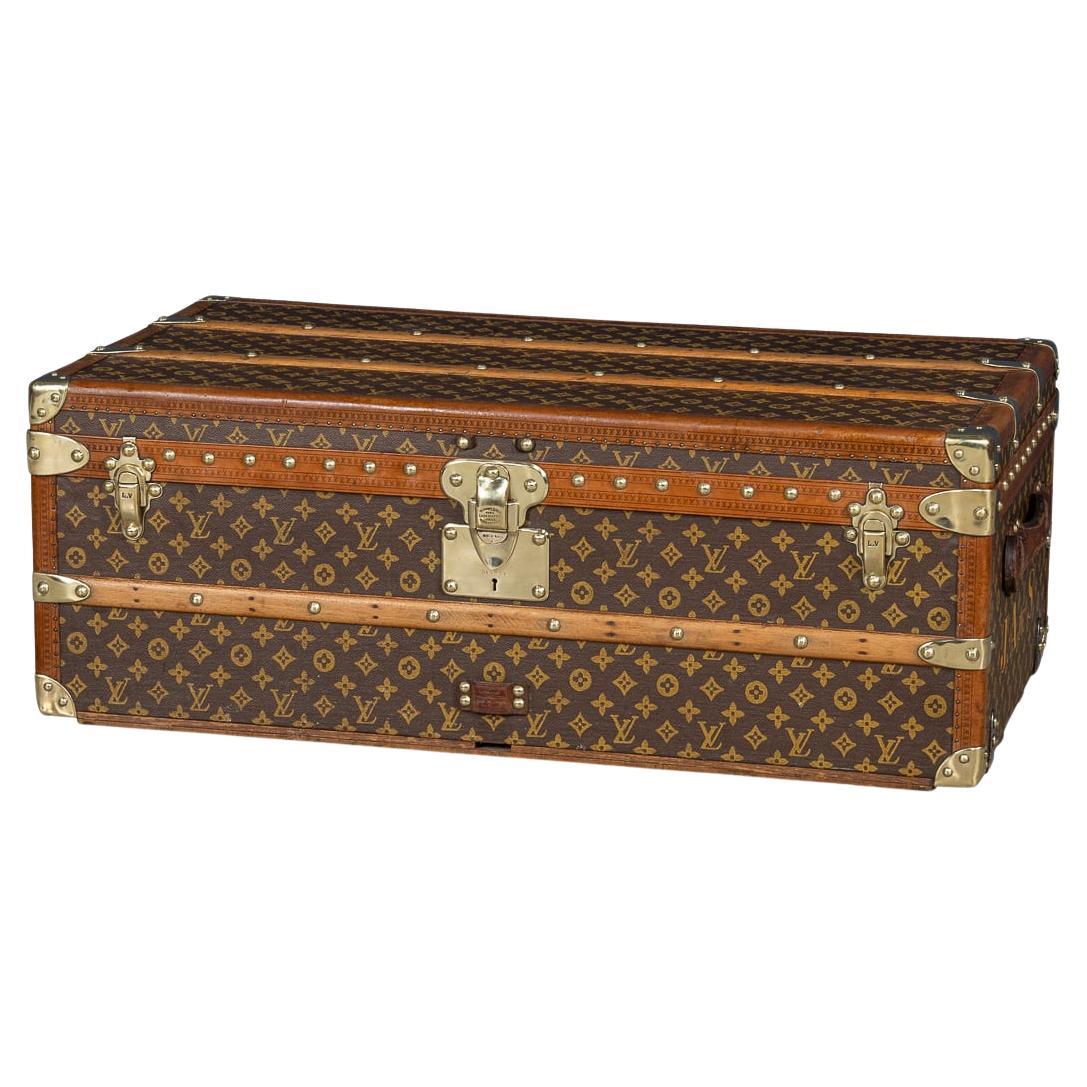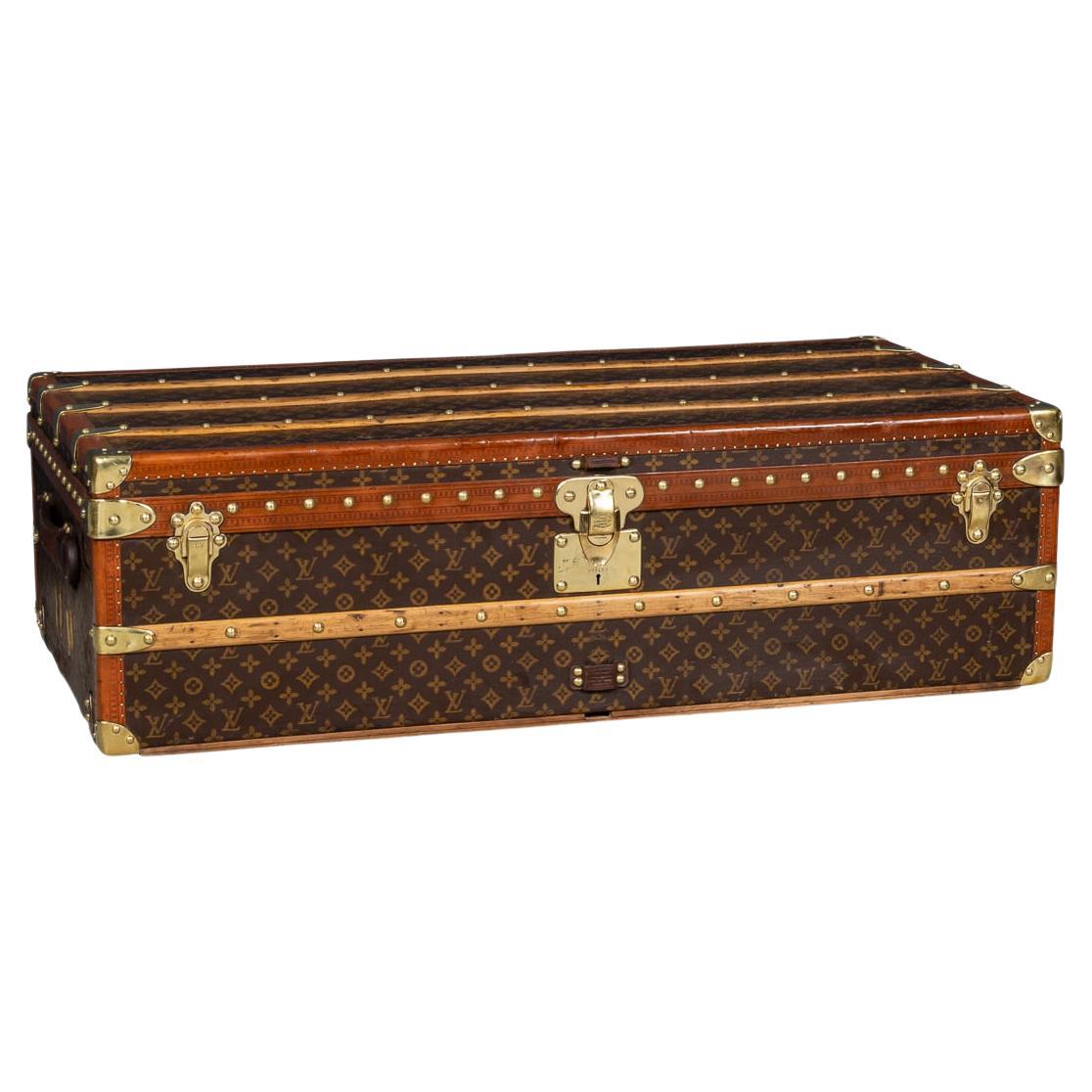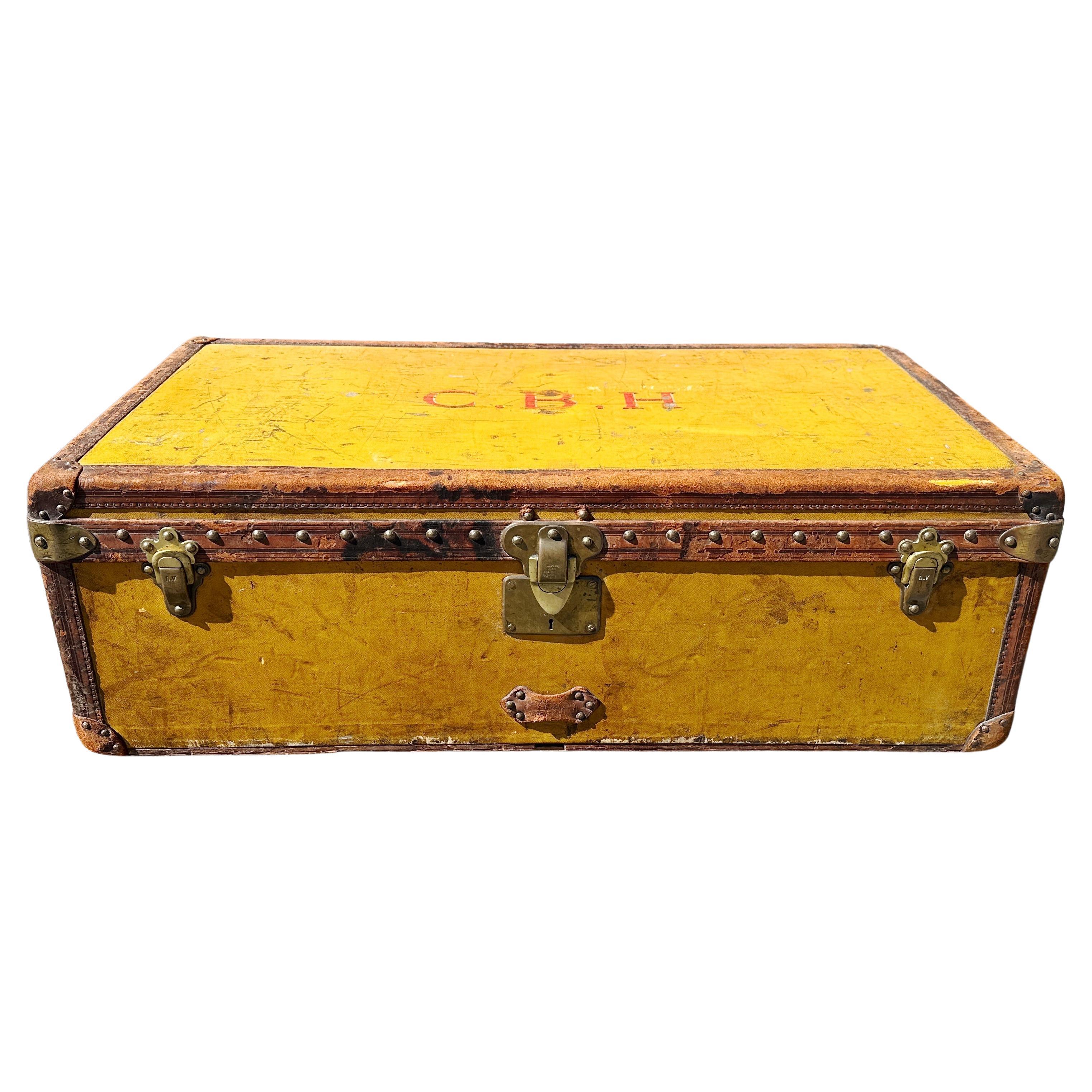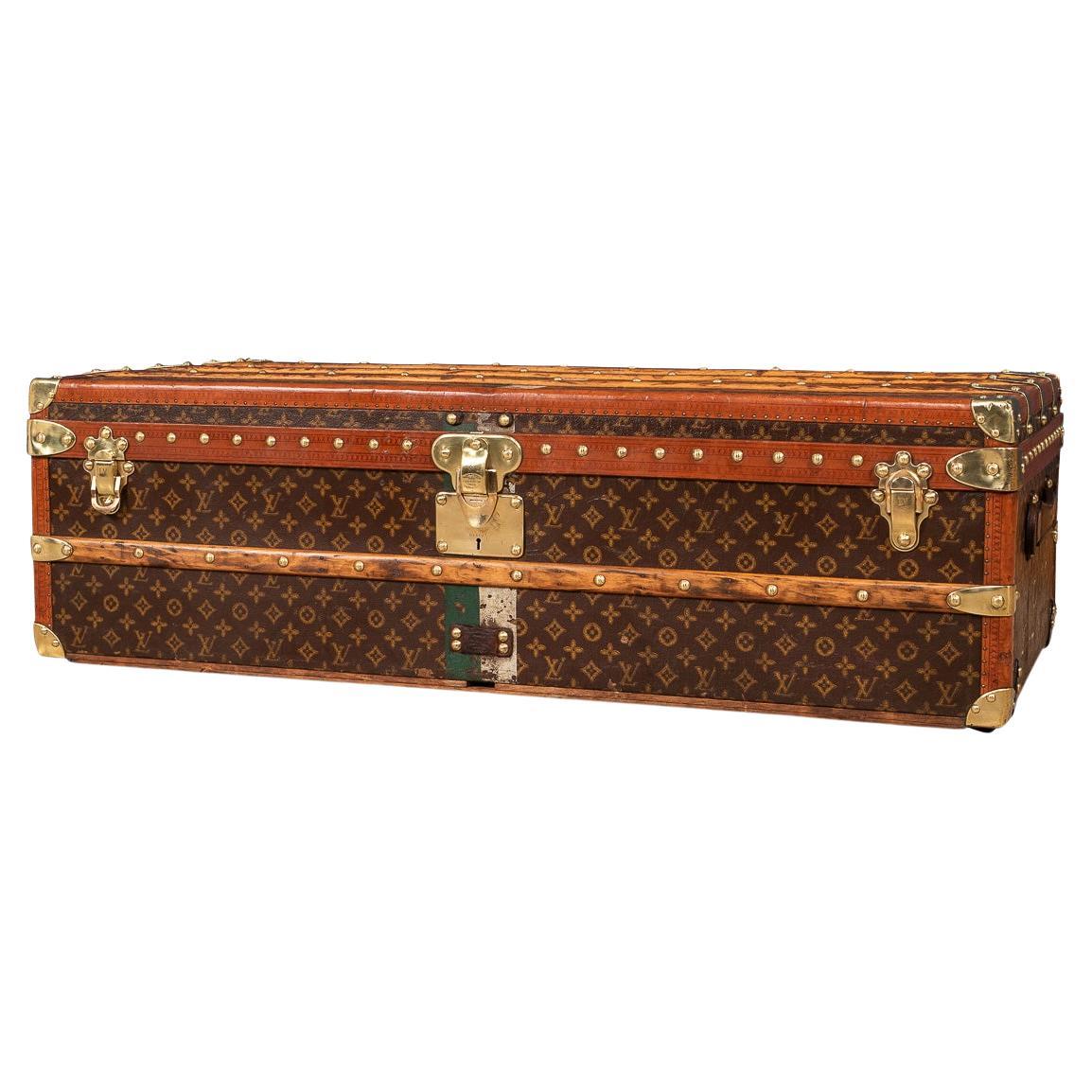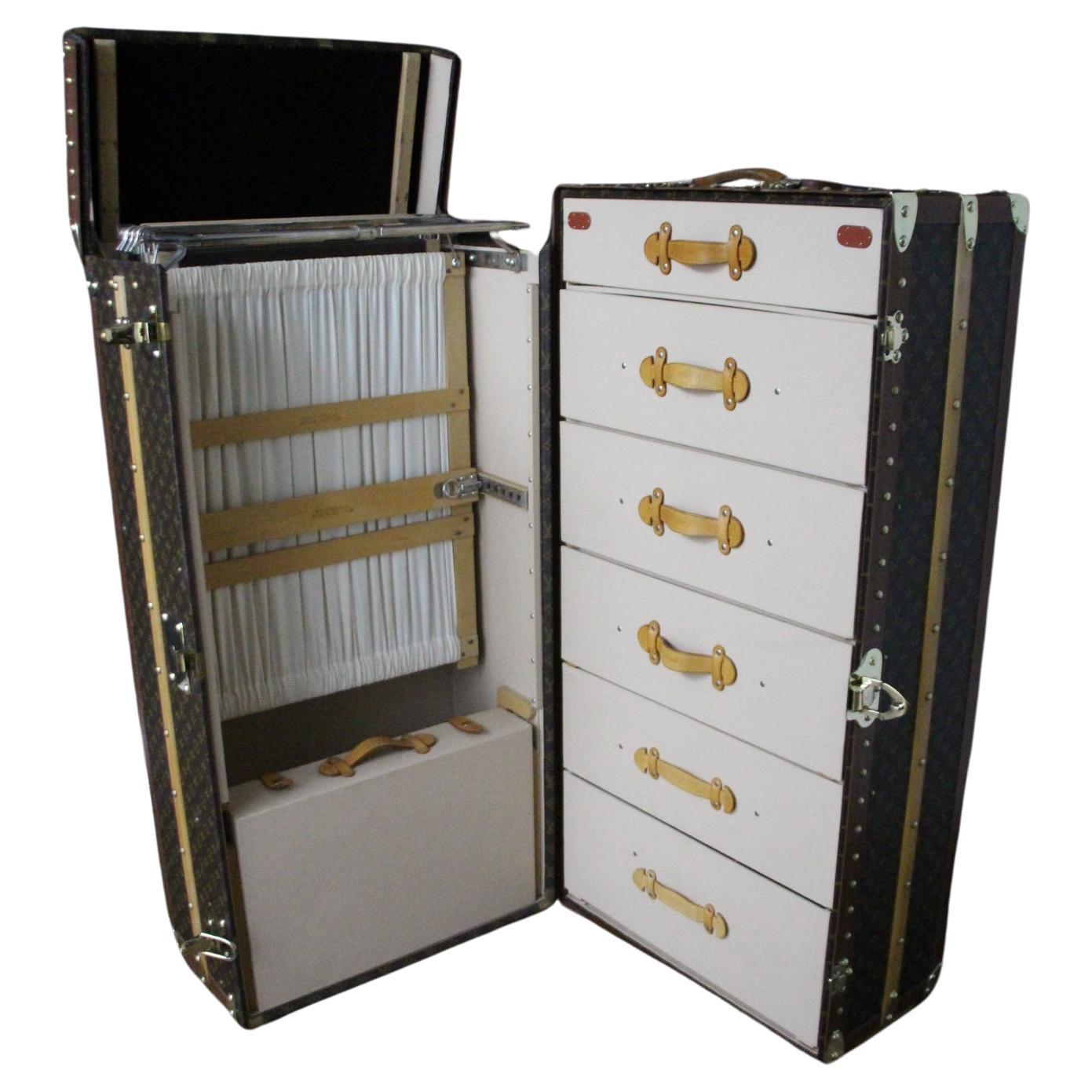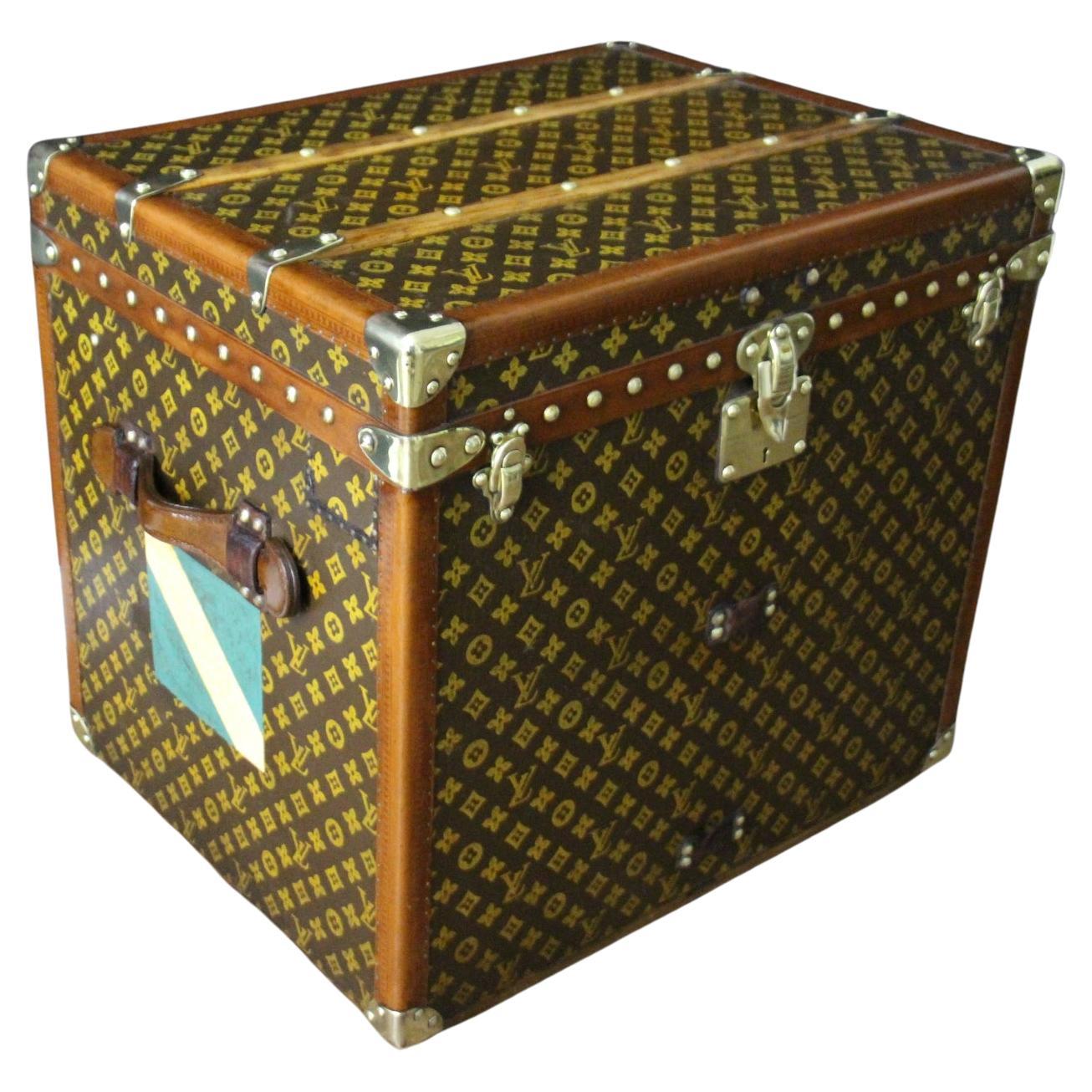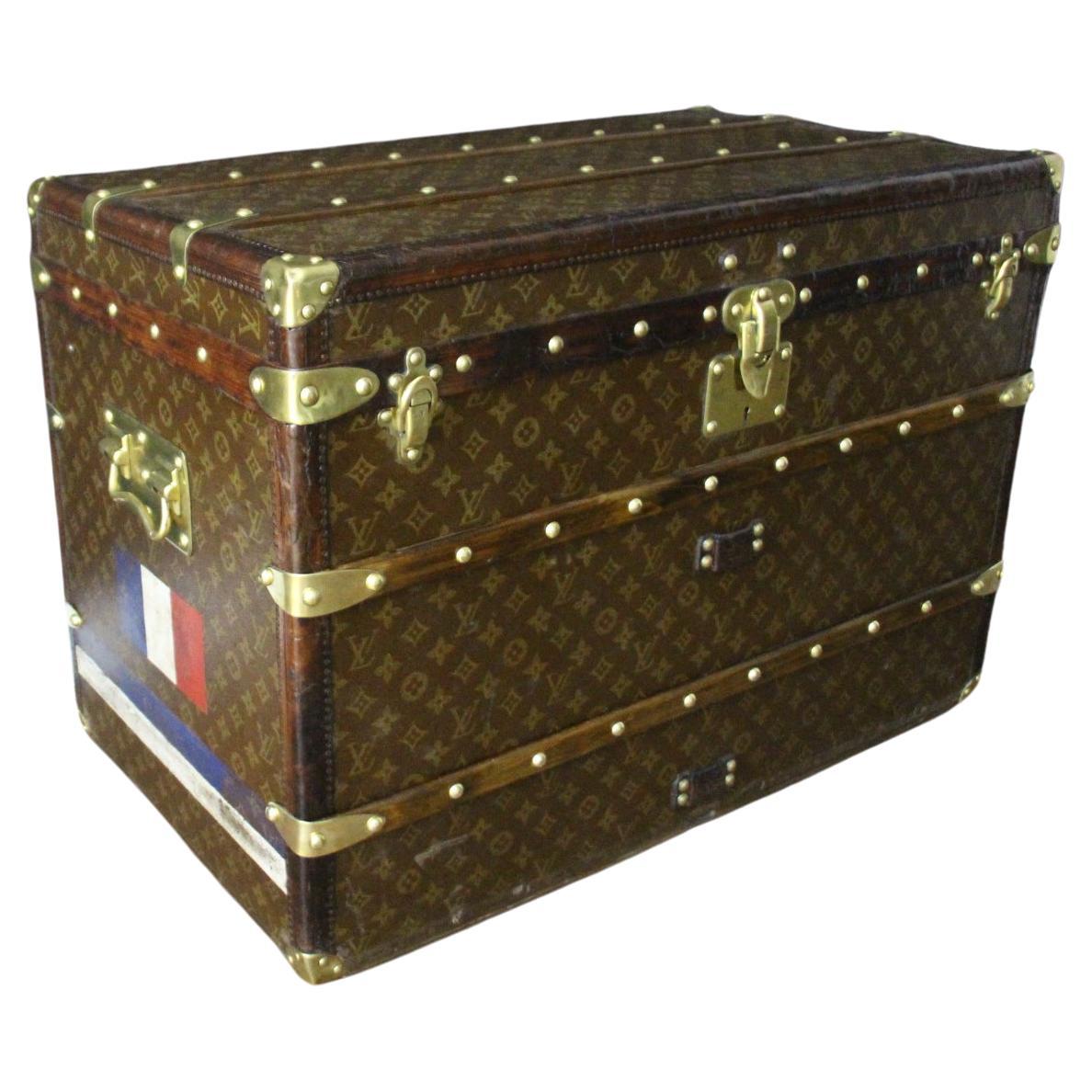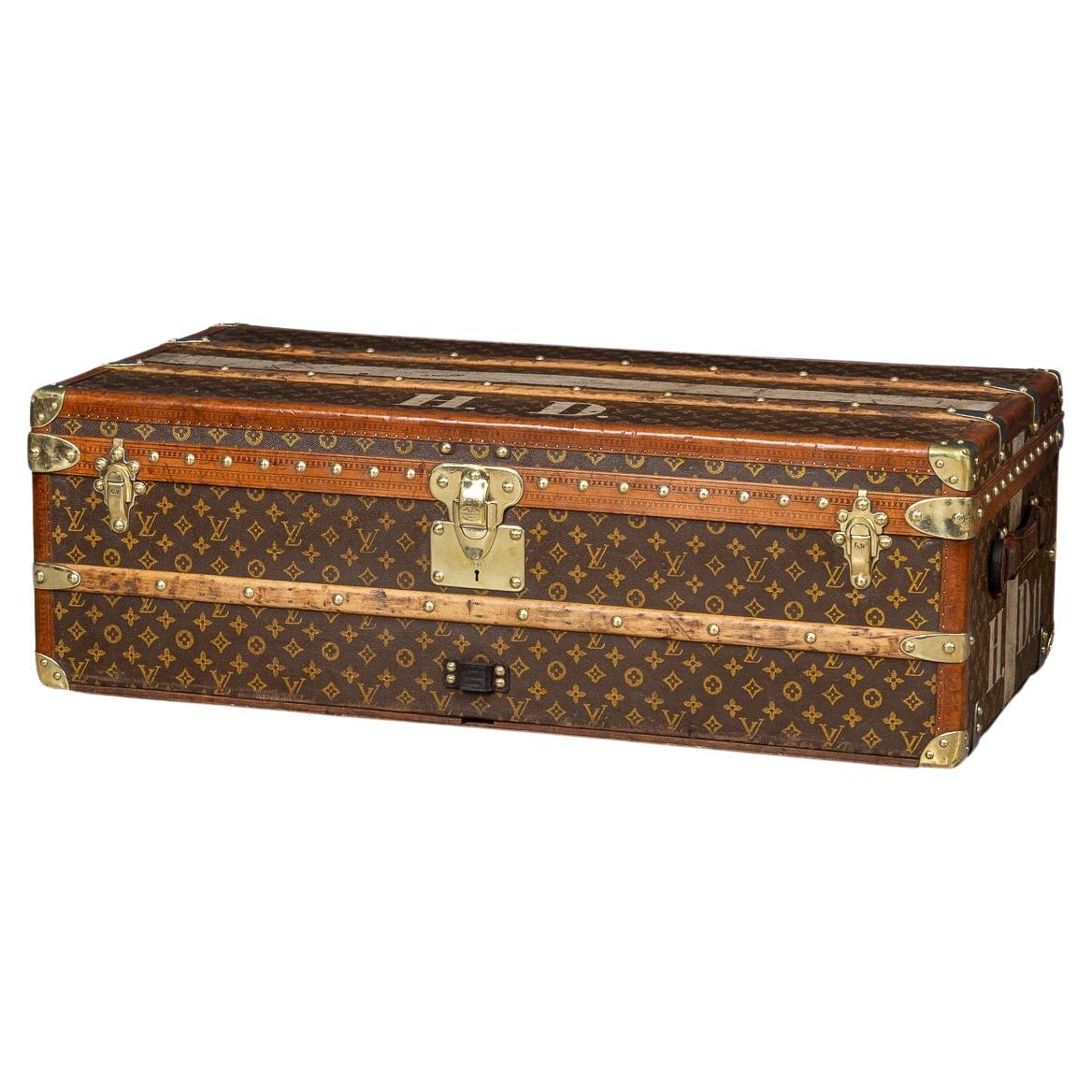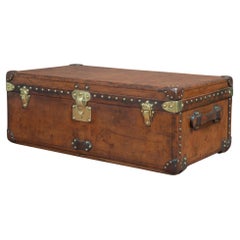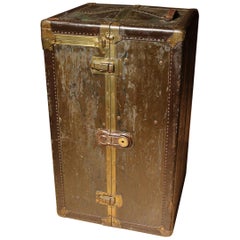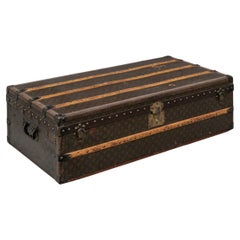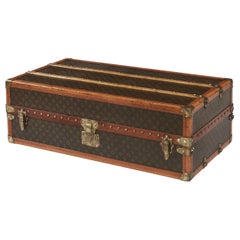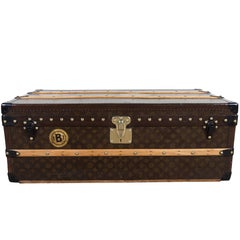
1930s Louis Vuitton Cabin Trunk
View Similar Items
1 of 7
1930s Louis Vuitton Cabin Trunk
About the Item
Authenticity Guarantee
In the unlikely event there’s an issue with an item’s authenticity, contact us within 1 year for a full refund. DetailsMoney-Back Guarantee
If your item is not as described, is damaged in transit, or does not arrive, contact us within 7 days for a full refund. Details24-Hour Cancellation
You have a 24-hour grace period in which to reconsider your purchase, with no questions asked.Vetted Professional Sellers
Our world-class sellers must adhere to strict standards for service and quality, maintaining the integrity of our listings.Price-Match Guarantee
If you find that a seller listed the same item for a lower price elsewhere, we’ll match it.Trusted Global Delivery
Our best-in-class carrier network provides specialized shipping options worldwide, including custom delivery.You May Also Like
Louis Vuitton Leather Cabin Trunk, circa 1930
By Louis Vuitton
Located in London, GB
A well proportioned natural leather covered Louis Vuitton cabin trunk that has built up an attractive patina with age. Has original leather handles & brass fittings and has its original interior in-tact (including the original tray); Circa 1930. One of the original handle supports is a newly made replacement of the original, that was beyond repair.
Provenance: From the collection of Anouska Hempel, noted interior designer, hotelier and taste maker.
Dimensions: 91 cm/35⅞ inches (length) x 52 cm/20½ inches (depth) x 34.5 cm/13⅝ inches (height).
About Louis Vuitton
From humble beginnings, Louis Vuitton laid the foundations for a luggage enterprise serving the upper echelons of 19th-century society. His son, Georges, expanded on his father’s work throughout the 20th century.
Louis Vuitton was born on 4 August 1821 in Anchay, a rural village in Eastern France. His father, Xavier Vuitton, was a farmer, his mother, Coronne Gaillard, a milliner. In 1835, aged 13, Vuitton left Anchay on foot for his two-year journey to Paris. He found work as a layetier – a maker of wooden boxes and cases for transporting travelers’ possessions – and was selected as the personal layetier to Empress Eugénie de Montijo, a Spanish Countess and wife of Napoleon III.
In 1854, at 4 Rue Neuve de Capucines, Paris, Vuitton launched his enterprise, gaining recognition among Parisian nobility. A second Parisian store opened at 1, Rue Scribe, after the 1871 Siege of Paris. Striped “Rayée” canvas and the first Vuitton Wardrobe Trunk arrived in the 1870s, expanding abroad to 289 Oxford Street, London, and introducing the Damier canvas in the 1880s.
Louis Vuitton passed away in 1892, leaving the business to his son, Georges. He set about expanding the family firm even further, selling out at the 1893 Chicago World’s Fair. J.P. Morgan and family became valued clients, and Georges patented the iconic LV monogram design in 1896, paying homage to a medieval Franc box rosette motif from his personal collection.
The early 1900s saw the Steamer Bag launch and new premises on the Champs Élysées. Georges was never one to shy away from a bespoke order; customers could, and regularly did, request whatever their heart desired. Legendary commissions included a “Malle Lit” explorer’s camp bed trunk...
Category
Vintage 1930s French Trunks and Luggage
Materials
Brass
Cabin Trunk from the 1930s
By Dale
Located in Eindhoven, NL
Beautiful decorative cabin trunk from the 1930s. These were often used as a wardrobe on intercontinental crossings. The idea was that you left the clothes in the suitcase. Interior i...
Category
Vintage 1930s North American Trunks and Luggage
Materials
Leather
1930’s Louis Vuitton Monogram Cabin Trunk for Restoration
By Louis Vuitton
Located in Bridgeport, CT
A well worn and well-used Vuitton Cabin Trunk from the Golden Age of Travel bearing the marks, tears and losses of a well-travelled piece. Worn label insi...
Category
Vintage 1930s European Hollywood Regency Trunks and Luggage
Materials
Brass
Vintage Louis Vuitton Cabin Trunk with Original Monogram
By Louis Vuitton
Located in London, GB
A Louis Vuitton Cabin Trunk
Constructed in wood and monogrammed canvas and edged with brass guards, triple hinged, opening to reveal a tan l...
Category
Early 20th Century French Trunks and Luggage
Materials
Brass
20th Century Louis Vuitton Cabin Trunk In Monogram Canvas, France c.1930
By Louis Vuitton
Located in Royal Tunbridge Wells, Kent
An exquisite and complete Louis Vuitton trunk from the early part of the 20th century. An absolutely essential item for elite travellers of its time the trunk is adorned in the iconi...
Category
20th Century French Other Trunks and Luggage
Materials
Brass
20th Century Louis Vuitton Cabin Trunk In Monogram Canvas, France c.1930
By Louis Vuitton
Located in Royal Tunbridge Wells, Kent
Around the turn of the 19th and 20th century Louis Vuitton had established himself as a market leader in trunk making and needed to set his now famous brand apart from the imitators ...
Category
20th Century French Other Trunks and Luggage
Materials
Brass
Recently Viewed
View AllMore Ways To Browse
1930s Brass Coffee Table
Louis Vuitton Home Decor
1930s Edwardian
Black Louis Vuitton Trunk
Edwardian Decor
Vuitton Documents
Louis Vuitton Sticker
Napoleon Iii French Armchair
Napoleon Style Side Table
Ottoman Taupe
Oval Occasional Table
Oval Wood Table With Leaves
Oxford Chairs
Pair Of Demilune Console Tables
Pair Of Rococo Chairs
Pair Of Vintage Rattan Lounge Chairs
Pair Swedish Stools
Parquet Table Top
